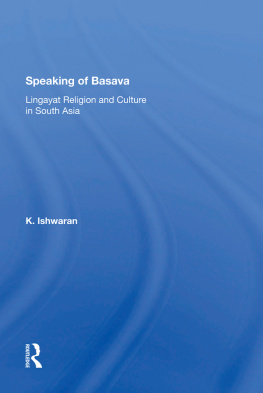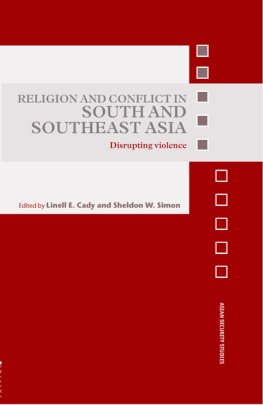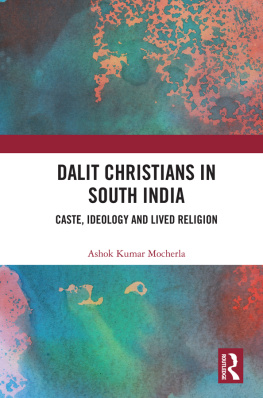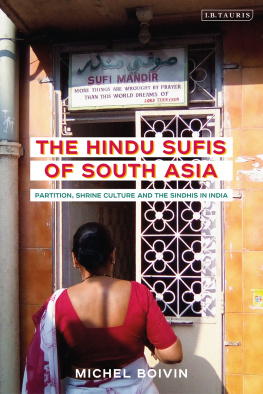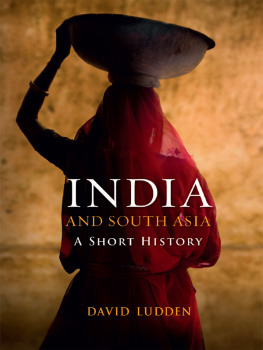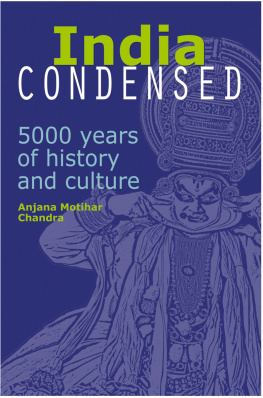
BASAVA (1105-1167)
PROFILE OF AN EMISSARY PROPHET AS SEEN BY AN ARTIST
Speaking of Basava
Lingayat Religion and Culture in South Asia
K. Ishwaran
To
Henriette (Hette) de Sitter-Zoetlief-Tromp Oegstgeest, Holland and
Bernhard (Ben) Z-T and Agnes Zoetlief-Tromp "Le Tournesol", Breteuil Sur Iton, France
First published 1992 by Westview Press
Published 2019 by Routledge
52 Vanderbilt Avenue, New York, NY 10017
2 Park Square, Milton Park, Abingdon, Oxon OX14 4RN
Routledge is an imprint of the Taylor & Francis Group, an informa business
Copyright 1992 by Taylor & Francis
All rights reserved. No part of this book may be reprinted or reproduced or utilised in any form or by any electronic, mechanical, or other means, now known or hereafter invented, including photocopying and recording, or in any information storage or retrieval system, without permission in writing from the publishers.
Notice:
Product or corporate names may be trademarks or registered trademarks, and are used only for identification and explanation without intent to infringe.
Library of Congress Cataloging-in-Publication Data
Ishwaran, K. (Karigoudar), 1922
Speaking of Basava: Lingayat religion and culture in South Asia /
by K. Ishwaran.
p. cm.
Includes bibliographical references and index.
ISBN 0-8133-8389-7
1. Lingayat cultsIndia. 2. LingayatsIndia. 3. Basava, fl.
1160. I. Title.
BL1281.23.I85 1992
294.5'513dc20 91-21724
CIP
ISBN 13: 978-0-367-28855-6 (hbk)
Contents
Guide
The bulk of the literature on Basava and Lingayatism incorporates both the Brahman and Bhakti movements. To do this is to lose sight of innovations that Basava introduced in reaction to his Brahman-dominated environment. Also, to look at Lingayatism as a direct linear descendant of the Hindu tradition is to ignore the revolutionary thrust of Lingayatism in its origin in the twelfth century A.D. and its continuing dynamism in the subsequent centuries.
This study, based on a variety of source material, including Basava's own compositions ( vaccinas ), addresses for the first time the neglected sociological task of description and analysis of Basava's innovative role in founding Lingayatism and, with the help of many of his dedicated followers, in equipping it with classical shape and tone. The focus here, therefore, is on specific contexts of activities generating relational structures that were new and egalitarian in opposition to the patently hierarchical varnasrama order that dominated Basava's socio-cultural environment. Consequently, even though a great deal is said about the conceptual similarities and differences between traditional Hindu views and Basava's Lingayatism, such similarities and differences are subservient to the sociological task of unravelling and explaining activities and relational innovations.
The documentation and analysis of the work, though related to my earlier study Religion and Society Among the Lingayats of South India, goes deeper than the earlier study in that it specifically looks into the formative stage of Lingayatism and its foundation by concentrating on Basava, his life and his activities and contributions. Theoretically, however, the two studies are consistent in their efforts to highlight the innovative dynamism of Lingayatism instead of obscuring this dynamism by considering it as an off-shoot of Hinduism. Though Hinduism and Lingayatism are connected in some ways, this connection is not linear but oppositional. To understand this is to promote a better understanding not only of the sociology of Lingayatism but also of the sociology of ever-changing Hinduism.
Factual data regarding Basava's life as cited in this study are drawn from a previous study by P. B. Desai, Basavesvar and His Times, published by Karnatak University, Dharwar. Desai's study has been helpful in identifying Basava's life and activities in Sangama, Mangalavada and Kalyana. The Social Sciences and Humanities Research Council of Canada funded my research on the Lingayats for seven years (1978-1985). The results are available as a trilogy, comprising Religion and Society Among the Lingayats of South India, Speaking of Basava, and the third volume, to be published soon which will focus on the Lingayat monks in a comparative context of Jains and Brahmans. I am specifically grateful to the S.S.H.R.C. (grant nos. 410-83-0122 and 410-84-0336) for their continuous support without which these studies would not have been possible.
I am also thankful to York University for providing me with Minor Research Grants for my studies and for facilitating my work by providing me with the needed assistance.
Several friends and colleagues have helped me through discussion, advice or otherwise, and it would be difficult to mention all these people individually. However, I must mention the contribution of a longstanding friend and former colleague, Dr. K. Raghavendra Rao, whose critical advice and personal support have been important resources for me in my project. P. G. Ganguly and Dr. Paul Simpson-Housley, my friend and colleague at York, provided many helpful comments. Professor Maurice S. Elliott of the English Department at York generously gave me the much-needed help in making this a better book. I am grateful to all these friends for their scholarly support.
In the preparation of the manuscript for publication, I was given assistance by the Department of Secretarial Services of the Faculty of Arts, York University. I am thankful for the help.
I also must mention my family: my two sons, Hemant and Shivu; my daughter, Arundhati; and my wife, Wobine, who paid the intangible costs of this research experience. I missed their friendship over eight long summers of fieldwork and writing in India.
K. Ishwaran
York University, Toronto
Introduction: The Context and the Theme
Nineteen sixty-eight was a year of pride and gratitude for the Lingayats, who have made Karnataka State their home. It was the year that concluded eight centuries of the religious movement originated by Basava. Born in 1105 in a Brahman family in Bagevadi, a village in the district of Bijapur, Basava was the founding father of their religion, Lingayatism. The eight hundredth birth anniversary of Basava, inaugurated by the Vice-President of India in New Delhi, was commemorated in virtually every village and town of Karnataka with great enthusiasm and joy.
The Indian religious systems of Brahmanism, Buddhism and Jainism are at least two thousand years old, and their religious literature is vast and varied. Lingayatism is a younger system whose origin does not go beyond eight centuries of history. Nevertheless the Lingayat religion, flourishing and growing fast, continues with renewed vitality and relevance. One of its most enduring historical consequences has been its transformative impact on rural Karnataka. We find this enshrined in the sense of ethnic identity and in the homogeneity of the village population, in its single-minded commitment to Kannada language and land, and in its near-unanimous devotion to the practice of the religious, moral and cultural ideas set forth by Basava.
The rural as well as the urban population of Karnataka is characterized by cultural pluralism, evolved through the centuries from a multiplicity of religious, caste and linguistic groups. The Lingayats have displayed a remarkable capacity over the years for harmonious co-existence with other socio-cultural groups as well as for preservation of their religious-cultural homogeneity and identity. In this process of maintaining a balance between inter-group co-operation and intragroup cohesion, they have been ably assisted by their monastic orders ( mathas ), educational institutions, co-operative organizations, literary and journalistic enterprises. Unique among the communities in Karaataka, the Lingayats alone seem successfully to have forged an elaborate institutional infra-structure that has contributed to the preservation and strengthening of their group life and identity.

